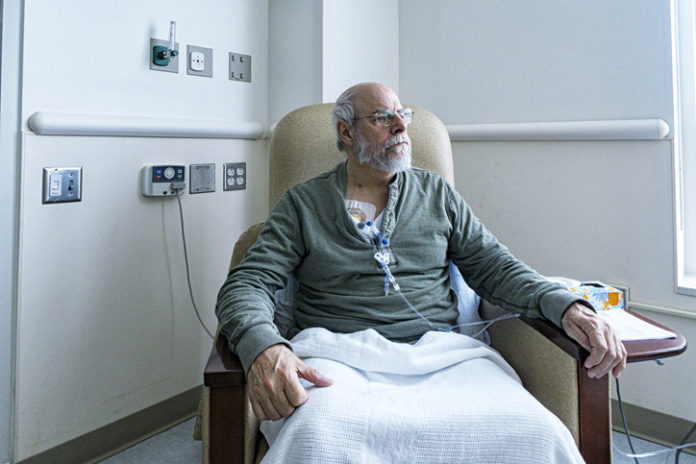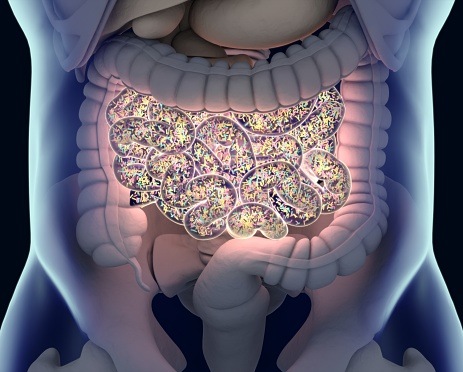In a study from Computational and Mathematical Methods in Medicine, researchers tested whether an modified guided image filtering (GIF) algorithm could differentiate ulcerative colitis (UC) and Crohn’s disease (CD) within low-dose CT enterography (CTE) images. The investigators reported that “the improved GIF algorithm has a more effective application value in the denoising processing of low-dose CT images and can better improve the image quality.”
Furthermore, the researchers found that the improved CTE model exhibited high accuracy in the diagnosis of inflammatory bowel disease (IBD) overall and that “CTE is of great value in the differential diagnosis of UD and CD” subtypes.
The study enrolled a total of 120 patients with suspected diagnoses of IBD and randomized them 1:1 between a low-dose CTE with GIF algorithm study group and a routine CT examination control group. Reportedly, “the peak signal-to-noise ratio (26.02 dB) and structural similarity (0.8921) of the algorithm were higher than those of GIF (17.22 dB, 0.8491), weighted guided image filtering (23.78 dB,0.8489), and gradient domain guided image filtering (23.77 dB, 0.7567).” The authors calculated a diagnostic sensitivity, specificity, accuracy, positive predictive value, and negative predictive value of 91.49%, 92.31%, 91.67%, 97.73%, and 75%, respectively, for the study’s algorithm—with all measures higher than those in the control group.
Additionally, CTE had a sensitivity of 96.77% and a specificity of 81.25% in the diagnosis of UD, compared with 98.33% and 93.33%, respectively, in the diagnosis of CD. The researchers also observed “significant differences in symmetrical intestinal wall thickening and smooth serosal surface between UD and CD (p <.05).”
Overall, the authors supported the diagnostic utility of low-dose CTE with the improved GIF-based algorithm for identifying IBD. They noted certain limitations of the study—particularly in the UD vs CD findings—but ultimately suggested that, “CTE diagnosis has a good application prospect in the diagnosis of IBD and the differential diagnosis of UC and CD.”









